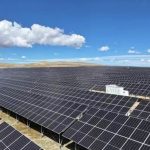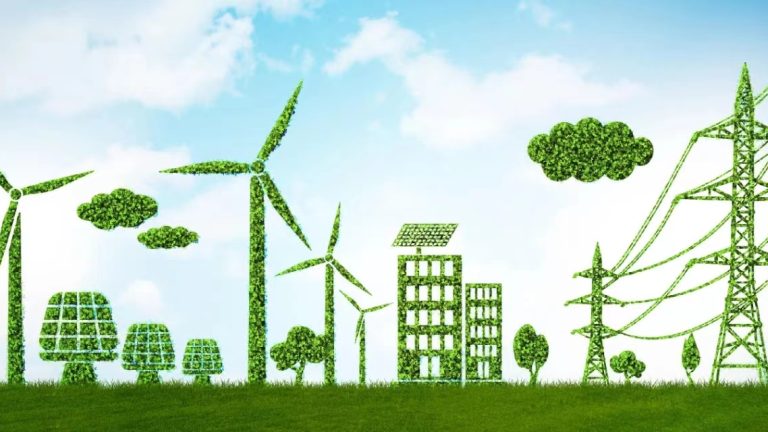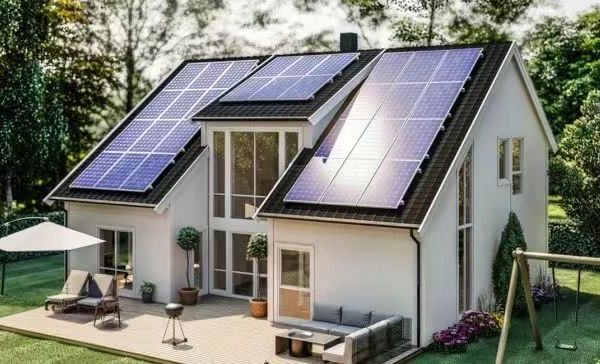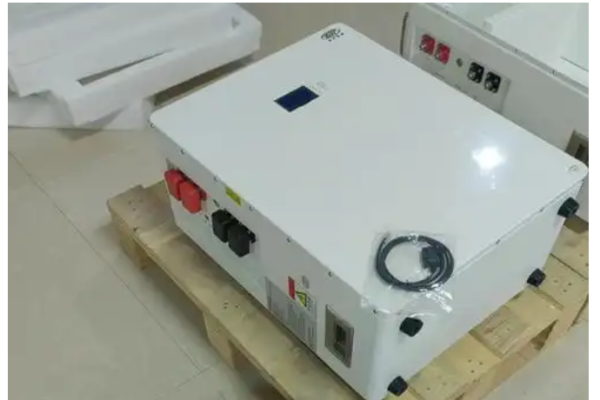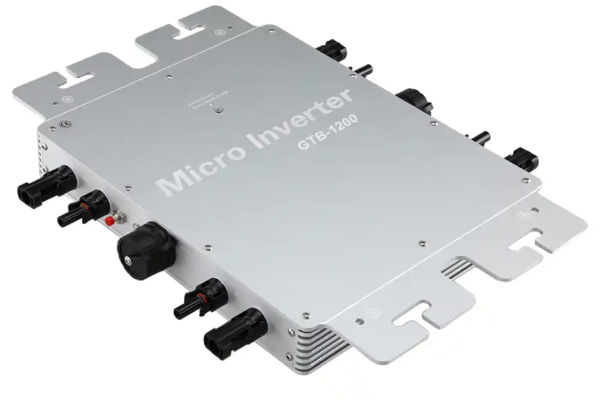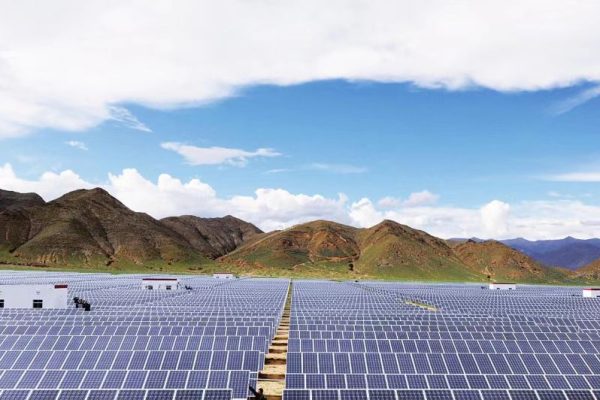Ensuring Performance, Safety, and ROI in Solar + Energy Storage Systems
In the rapidly growing PV (Photovoltaic) + ESS (Energy Storage System) market, most discussions focus on design, capacity, or price. However, what truly determines a system’s long-term success is maintenance.
Whether you supply hybrid inverters, LFP batteries, or full energy storage cabinets, your overseas clients will eventually ask:
“How long will the system perform at rated capacity?”
“What kind of maintenance plan should we follow?”
Providing a clear Long-Term Maintenance Plan not only prevents system failure but also strengthens buyer confidence, showing that your company is serious about quality, reliability, and lifetime value.
1. Why Long-Term Maintenance Matters for PV+ESS Systems
A solar + storage system is a combination of multiple technologies — electrical, chemical, and digital. Over years of operation, each component faces degradation, environmental stress, and operational wear.
Without proactive maintenance, even high-quality systems can experience:
- Reduced battery capacity and cycle life
- Inverter failure due to thermal stress
- Loose DC connections leading to heat or arcing
- Poor data monitoring accuracy
- Downtime during grid events or weather extremes
💡 Key Benefit:
A documented maintenance plan increases system lifespan by 20–30%, and helps buyers calculate accurate ROI during procurement.
2. Components That Require Regular Maintenance
A PV+ESS system typically includes:
- Solar Array (PV modules and mounting system)
- Hybrid or String Inverters
- Battery Racks or Cabinets (LFP or NCM)
- BMS and EMS software
- Cables, breakers, sensors, and communications equipment
Each of these elements requires a unique maintenance schedule.
| Component | Frequency | Maintenance Type |
|---|---|---|
| PV Panels | 2–4 times/year | Cleaning, inspection for cracks or hotspots |
| Inverters | 1–2 times/year | Firmware updates, fan replacement, thermal check |
| Batteries | 2–3 times/year | BMS data check, equalization, terminal torque test |
| EMS/BMS | Ongoing | Remote monitoring, alarm record analysis |
| Wiring and Connectors | 1–2 times/year | Insulation test, re-tightening, visual inspection |
3. The Three Stages of Maintenance Planning
A professional long-term maintenance plan covers the full lifecycle — from commissioning to the 10th or 15th year of operation.
Stage 1: Initial Commissioning (0–3 Months)
- Verify correct installation and grounding
- Confirm BMS and EMS communication stability
- Record baseline performance data (SoC, voltage, current, temp)
- Set up remote monitoring and alarm thresholds
Stage 2: Routine Preventive Maintenance (Year 1–10)
- Conduct regular system inspections (semi-annually or quarterly)
- Update firmware for inverters and EMS
- Monitor SoH (State of Health) for battery modules
- Replace worn cooling fans or desiccants in cabinets
- Verify insulation resistance and torque of terminals
Stage 3: Long-Term Performance Review (Year 10+)
- Assess battery degradation trends
- Evaluate inverter efficiency and firmware lifecycle
- Plan for partial battery replacement or inverter upgrade
- Recalculate project ROI and LCOE (Levelized Cost of Energy)
4. Creating a Maintenance Schedule
Every professional maintenance plan should include a schedule matrix that defines:
| Time Interval | Activity | Responsible Party | Documentation |
|---|---|---|---|
| Monthly | Remote data check (EMS) | O&M team / Client | System report |
| Quarterly | Visual inspection, temperature scan | Local technician | Maintenance log |
| Bi-Annually | Inverter firmware update | Supplier or Partner | Update record |
| Annually | Battery SoH testing, thermal inspection | Supplier / EPC | Annual report |
| Every 3–5 Years | Component calibration or fan replacement | EPC / Supplier | Maintenance report |
💡 Tip: Include this schedule in your product documentation or quotation pack. It adds a sense of professionalism that many suppliers overlook.
5. Battery Maintenance: The Core of ESS Longevity
Battery degradation is the most expensive part of system aging. Proper care can extend life by up to 30%.
Key Battery Maintenance Actions:
- Temperature Management – Keep within 10–35°C range.
- SOC Balance – Avoid long-term 100% or 0% SOC.
- BMS Monitoring – Check for alarm history, voltage drift, and current imbalance.
- Ventilation Check – Ensure airflow and dust-free environment.
- Terminal Torque – Re-check every 6–12 months to avoid micro-arcing.
If the system uses LFP batteries, maintenance is simpler, but still essential for long-term stability.
6. Inverter Maintenance Essentials
Inverters handle continuous conversion and are exposed to heat and dust — their cooling and firmware systems must stay optimal.
Key Tasks:
- Inspect DC and AC terminals for discoloration or oxidation
- Replace fans or filters if running 24/7 in hot climates
- Update firmware to ensure latest MPPT and BMS compatibility
- Check internal capacitor aging (typically after 5 years)
- Verify protection devices (SPD, fuses, RCDs)
Some hybrid inverters now include self-diagnosis functions — encourage buyers to activate and check logs monthly.
7. Software and Monitoring Maintenance
An often-overlooked aspect is digital maintenance.
The EMS (Energy Management System) and BMS platforms require:
- Regular cloud synchronization
- Backup of historical data
- Alarm analysis (SOC mismatch, high temp, low cell voltage)
- Software version control and cybersecurity patches
Providing buyers with a user manual and maintenance checklist helps them maintain operational transparency.
8. Documentation: The Heart of Maintenance Quality
A long-term plan is only as strong as its records.
Each inspection or repair should produce:
- Maintenance log (date, technician, activity)
- Equipment performance report (SoC/SoH trends)
- Fault history with corrective actions
- Spare parts replacement list
For global clients, offering Excel templates or digital O&M reports builds strong professional credibility and simplifies remote communication.
9. Spare Parts and Warranty Alignment
Buyers often underestimate the need for spare parts inventory. As a supplier, you can recommend a basic spare parts kit during quotation:
| Component | Suggested Stock | Reason |
|---|---|---|
| Cooling fans | 2–3 sets per 10 units | Common wear item |
| Communication cables | 2 pcs | Field damage risk |
| Fuses / breakers | 5 pcs each | Fast replacement |
| Temperature sensors | 2 pcs | Environmental sensitivity |
| Battery module (optional) | 1 per rack | Backup in case of failure |
Including this list demonstrates your engineering foresight and helps buyers plan operational stability.
10. Remote O&M: Modernizing Maintenance
Today’s energy storage systems can integrate with cloud monitoring platforms.
Suppliers can offer Remote O&M Packages, which include:
- 24/7 system data monitoring
- Automatic alert notifications
- Quarterly performance summaries
- Predictive maintenance recommendations
This model allows international suppliers to support clients even without on-site visits — a major advantage for export projects.
11. How Maintenance Plans Improve Buyer Trust
Providing a written, detailed maintenance plan during quotation or negotiation phase:
- Shows technical confidence and maturity
- Helps clients justify investment to their management
- Reduces post-sale disputes
- Positions your brand as a long-term partner, not just an equipment seller
In the B2B energy storage market, trust = repeat orders, and maintenance documentation is a major trust signal.
12. Example Maintenance Plan Summary (for Proposal Attachments)
System: 500 kWh PV + ESS hybrid system
Location: Malaysia (Tropical Climate)
Maintenance Cycle: 10 years
| Interval | Task | Tools | Responsible |
|---|---|---|---|
| Monthly | EMS data check, alarm review | Cloud dashboard | Client O&M |
| Quarterly | PV array cleaning, visual check | IR thermometer, torque wrench | Local team |
| Bi-Annual | Inverter firmware update | USB / OTA | Supplier remote |
| Annual | Battery SoH and thermal audit | Diagnostic software | Supplier / EPC |
| 5-Year | Cooling system replacement | Fan kits | Supplier |
13. Training and Documentation for End-Users
Don’t just deliver a system — deliver knowledge.
Provide:
- Maintenance training (online or video)
- A “10-Year Maintenance Checklist” in PDF
- Recommended monitoring parameters
- Access to a technical hotline or email
This support framework makes your brand stand out from competitors who only focus on shipment and pricing.
The long-term performance of a PV+ESS system depends not only on its design or brand but also on disciplined maintenance.
By offering buyers a clear, structured, and professional maintenance plan, you:
- Extend the system’s lifespan
- Reduce warranty claims
- Strengthen client satisfaction and trust
- Differentiate your company as a technical and responsible energy partner
In the renewable energy business, maintenance equals reputation.
The companies that take care of systems after delivery are the ones that keep winning projects for years to come.



